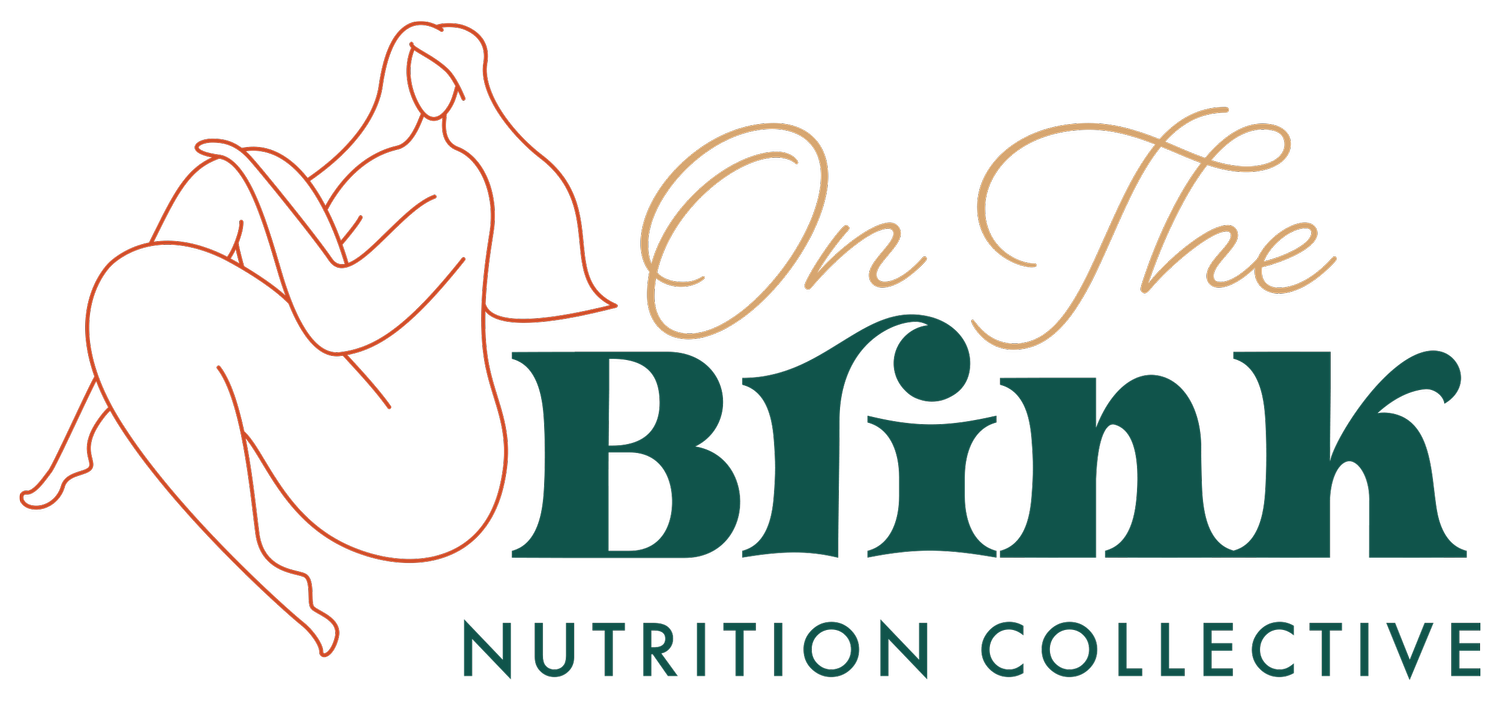The Search For Gold
First steps to connected eating.
A theme keeps coming up in my work with my clients - some with an official eating disorder diagnosis, all with some level of disconnected/chaotic eating styles.
The theme is about the "felt sense" of rightness when eating “intuitively” or in a “connected”, “attuned” way.
They say:
"How do I know when I've had enough, too much or too little food? In my body, how can I tell? What does it feel like?"
One client used this metaphor (or is it a simile?):
"You are asking me to search for gold but it's as if I've never seen gold and I don't know where to even start looking. I'm afraid to start because no one has ever shown me, in my whole life, how to look for it, where to start, what it looks like, what it feels like. I hear people talking about it and believe some people find it and hold on to it. But, this is something I don't have a frame of reference for. I'm afraid to trust you on this idea of gold (ie not struggling with food). I think I'll show up for every session asking...Is this it? and I'll have failed."
I want to be careful not to try to make my client's "recovery" or “connected eating” look like a singular, specific relationship with food and body (which I feel the traditional approach to nutrition therapy for eating disorder recovery guides me to do).
We all want "gold". But, the question is “How can I help you find your gold?
There is no one way to eat intuitively/with attunement/in a connected/conscious way. It would be dangerous and careless for me to say otherwise.
But we can work on a path forward.
Moving away from diets is hard.
Giving yourself permission to start and stop eating based on internal cues takes skill.
Accepting that, perhaps, internal cues don’t exist or are unreliable is challenging work.
Forming a structure that supports eating based NOT on cues, but on trying one thing and then another feels daunting.
Respecting a body you hate or don’t understand is complex.
Learning a new skill is hard work.
“Learning a new skill is like noninvasive brain surgery. You have to create a whole load of new neural networks, ways of thinking, habits strategies for managing emotion, ways of viewing the world, ways of talking to yourself. You have to prune old networks. That’s hard work. It takes a lot of persistence. It takes time. It takes repetition, it takes effort.”
— CAROLYN SPRING
Learning a new skill takes time.
Learning a new skill asks us to trust the voice of hope.
Learning a new skill calls us to exchange curiosity for obsession.
Learning a new skill moves us away from black and white rules and into spectacularly colorful and powerful wisdom.
AND
Learning a new skill takes a witness, a guide, a shepherd (or sherpherdess), a parent-figure, a girlfriend, a partner. SOMEONE else to be consistently compassionate. Someone to be kind towards you and modeling kindness to themselves. An “other” who isn’t afraid to say out loud “ouch” every time you are critical to yourself.
I don’t know what your gold looks like, but I do know that you don’t have to look for it alone.
Here are some starting points to move away from dieting and becoming an attuned eater:
Know that if you are hungry, it will be almost impossible to make food choices from a conscious/values-based mindset. If you are ravenously hungry (“hangry”/have ”primal hunger”), you will be on survival mode. Thank you, brain! Eat whatever is accessible as soon as possible.
There are many right ways to eat. When in doubt, start with scheduled eating. Set a timer or keep an eye on the clock. Try eating every 2-3 hours during your waking day. Add a mix of food to your plate - invite the “whole gang” (a mix of foods). Ask, do I want hot/cold/warm, hard/soft, salty/sweet/sour, chewing, juicy, ect. How long do I need this meal to last me? How much time do I want (or have available to me) to put into food prep?
There is action from a place of love and humility. There is inaction. There is action from fear and defensiveness. What do all of these actions look like currently in your life?
Take action based on the information at hand, monitor effects, rest, and try again. It's imperative that action be taken with unconditional positive regard from a safe, nurturing environment.
Please know that this video and the content of this blog are not meant to replace individual therapy.
